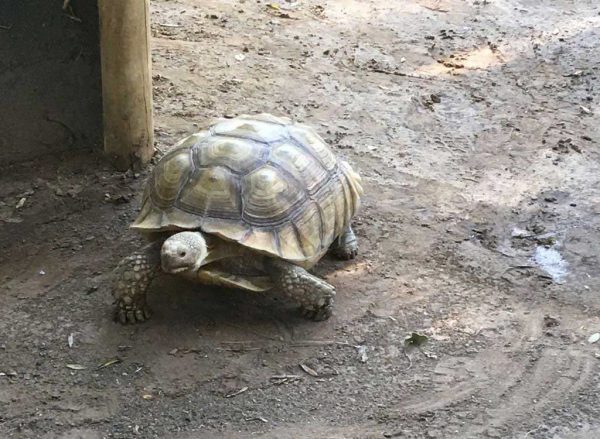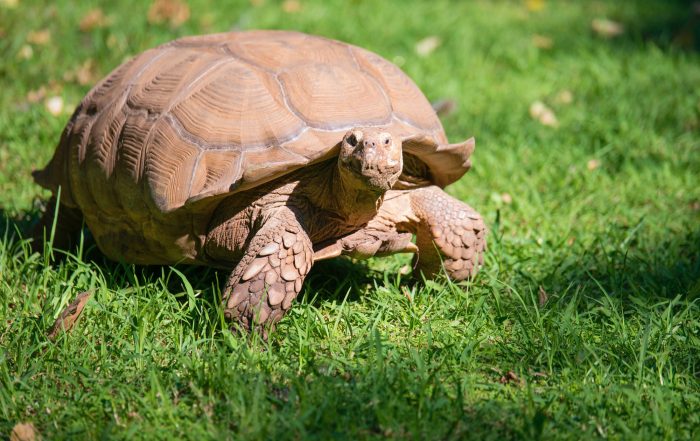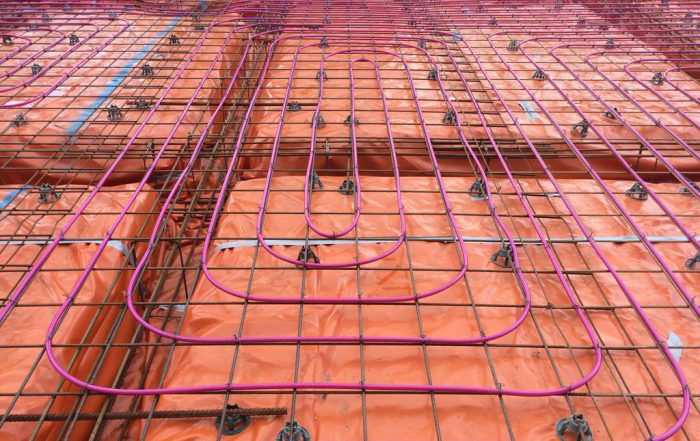We’ve been learning a lot about what makes animals endangered and how they are classified in terms of their conservation status. Assessing conservation status is not simply about the number of individuals remaining, but the overall increase or decrease in the population over time, breeding success rates, and threats.
Below is the full list of classifications (source: Wikipedia). The official term “threatened” is actually a grouping of three categories: critically endangered, endangered and vulnerable.
- Extinct (EX) – No known living individuals
- Extinct in the wild (EW) – Known only to survive in captivity, or as a naturalised population outside its historic range
- Critically endangered (CR) – Extremely high risk of extinction in the wild
- Endangered (EN) – High risk of extinction in the wild
- Vulnerable (VU) – High risk of endangerment in the wild
- Near threatened (NT) – Likely to become endangered in the near future
- Least concern (LC) – Lowest risk; does not qualify for a higher risk category. Widespread and abundant taxa are included in this category.
- Data deficient (DD) – Not enough data to make an assessment of its risk of extinction
- Not evaluated (NE) – Has not yet been evaluated against the criteria.
Adelaide Zoo currently houses and protects many threatened animals. Critically endangered animals at Adelaide Zoo include: Cotton-top tamarin, Orange-bellied parrot, Siamang, Sumatran orangutan, Western swamp tortoise and White-cheeked gibbon.
Endangered animals at Adelaide Zoo are: Australian sea lion, Ghost bat, Golden lion-tamarin, Goodfellow’s tree kangaroo, Malayan tapir, Pygmy hippo, Red panda, Ring-tailed lemur, Sumatran tiger and Tasmanian devil.
There are quite a few vulnerable animals too at Adelaide Zoo, such as: African lion, Aldabra tortoise (more on this special one later!), Asian small-clawed otter, Binturong, Brazilian tapir, Giant panda, Giraffe, Hippopotamus, Hyacinth macaw, Mandrill, Quokka and Rhino iguana.

Aldabra Tortoise
Recently this vulnerable species at Adelaide Zoo received some very special treatment by way of underfloor heating from Glow! The Aldabra Giant Tortoise is an ectotherm, which means they are cold blooded reptiles that don’t generate their own body heat and depend on their surroundings to regulate body temperature.
Named Aonika, Adelaide Zoo’s gentle giant hatched in September 1976 at Taronga Zoo, arriving at Adelaide Zoo in July 1987. She loves to eat fruit and veggies, especially broccoli, pears and sweet potato. In the wild, Aldabra Tortoises can be found in Seychelles, north of Madagascar. They can grow up to a metre long and have hard shells made up of 59 to 61 bones covered by plates (scutes). They can weigh between 160 to 250kgs! The Aldabra Tortoise is the last of 18 species of tortoise that once flourished on islands of the Indian Ocean. They are currently classified as vulnerable and are protected, however, they do suffer from poaching and loss of traditional habitat.
We feel very privileged to have been involved in such an important and fun project. Have you visited the Aldabra Tortoise enclosure at Adelaide Zoo? Imagine how lovely and warm Aonika will be this winter!
If you are considering underfloor heating for your home or business, call us on 8397 6100 for expert advice and a free quote. We are one of Adelaide’s leading underfloor heating specialists with two showrooms in Warradale and Goolwa.



